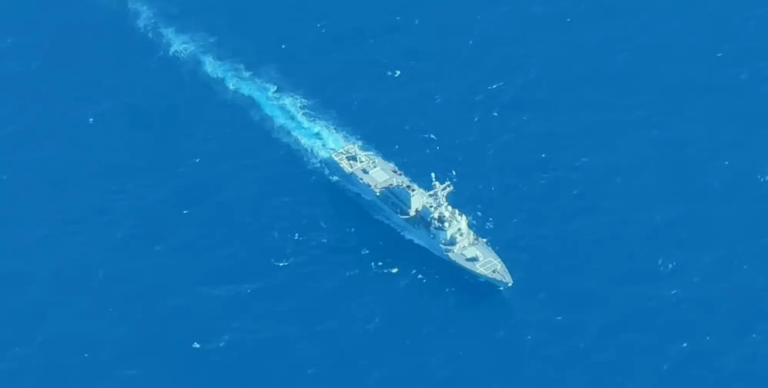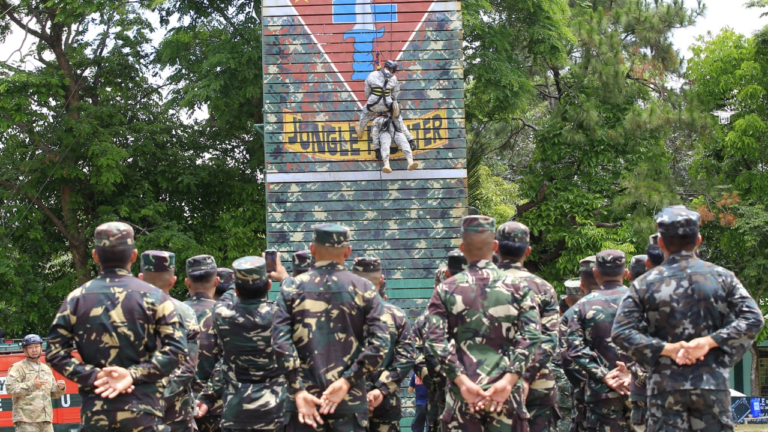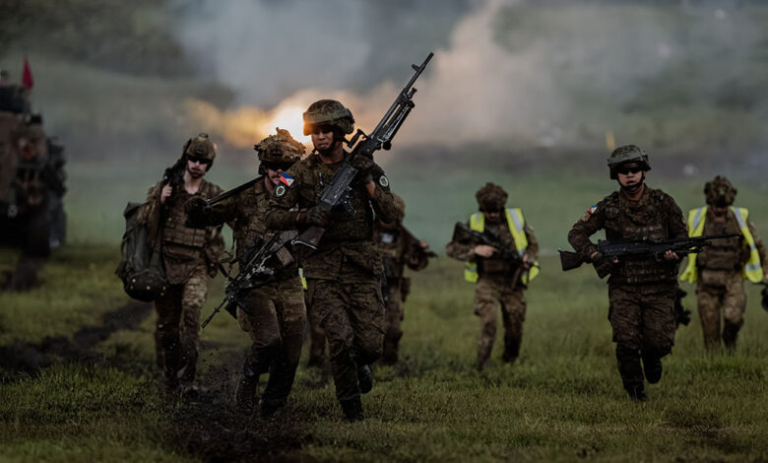
Australia’s presentation of surveillance drones to the Philippine Coast Guard (PCG) in April 2025 significantly boosts the Philippines’ maritime domain awareness capabilities in the West Philippine Sea, the portions of the South China Sea within Manila’s exclusive economic zone.
The PCG has been dealing with increased aggression by the China Coast Guard in the resource-rich sea, a vital global trade route. Chinese vessels have rammed and fired water cannons at Philippine boats and used military-grade lasers against Philippine troops.
PCG Commandant Adm. Ronnie Gil Gavan described the 20 drones as “game-changing technology that affords countries, big or small, to do more … in pursuing various missions.” He called the uncrewed vehicles a “great leveler” during the handover ceremony in Bataan.
The assets will support search and rescue, maritime safety and security, and marine environmental protection.
The donation is part of Australia’s civil-maritime cooperation with the Philippines, which includes vessel remediation, postgraduate scholarships, operational training, marine protection and maritime law seminars. Canberra plans to double its investment in the cooperation to about $11.5 million from 2025 to 2029.
Australian Ambassador to the Philippines HK Yu called the donation “a tangible example of our increased maritime cooperation with the Philippines and a contribution that supports PCG’s modernization efforts.”
“This is another example of how we are putting our Philippines-Australia strategic partnership into action,” Yu said during the ceremony.
Australia, one of Manila’s closest security partners, has condemned China’s coercive actions in the South China Sea and has conducted joint patrols with the Philippines since 2023. Under their visiting forces agreement, the nations’ militaries can train and exercise in the other’s territory.
Australian experts traveled to the Philippines in early April to provide drone training for 30 members of the PCG Aviation Command Unmanned Aerial Vehicles Squadron. “Our personnel will learn how to properly operate, maintain and troubleshoot these drones when necessary,” Commodore Jay Tarriela, a PCG spokesman, told FORUM. “This training will ensure that we can extend the operational life of these drones and prevent damage.”
The short- and medium-range drones enable “the PCG to gather real-time information about the maritime domain while minimizing logistical costs and saving time,” he said. “Whether monitoring port facilities, coastlines or territorial seas, these drones will enhance our operational capacity.”
The long-range version, meanwhile, can be deployed in the West Philippine Sea, specifically to document “illegal activities by Chinese maritime forces within our legitimate exclusive economic zone,” Tarriela said.
“The photos and videos captured can serve as a powerful wake-up call for countries in the region that have remained silent in condemning the unlawful actions of the People’s Republic of China, as [they] can create pressure from their own citizens who will ask why Beijing is infringing their maritime jurisdiction and their governments are taking no action,” he said.





